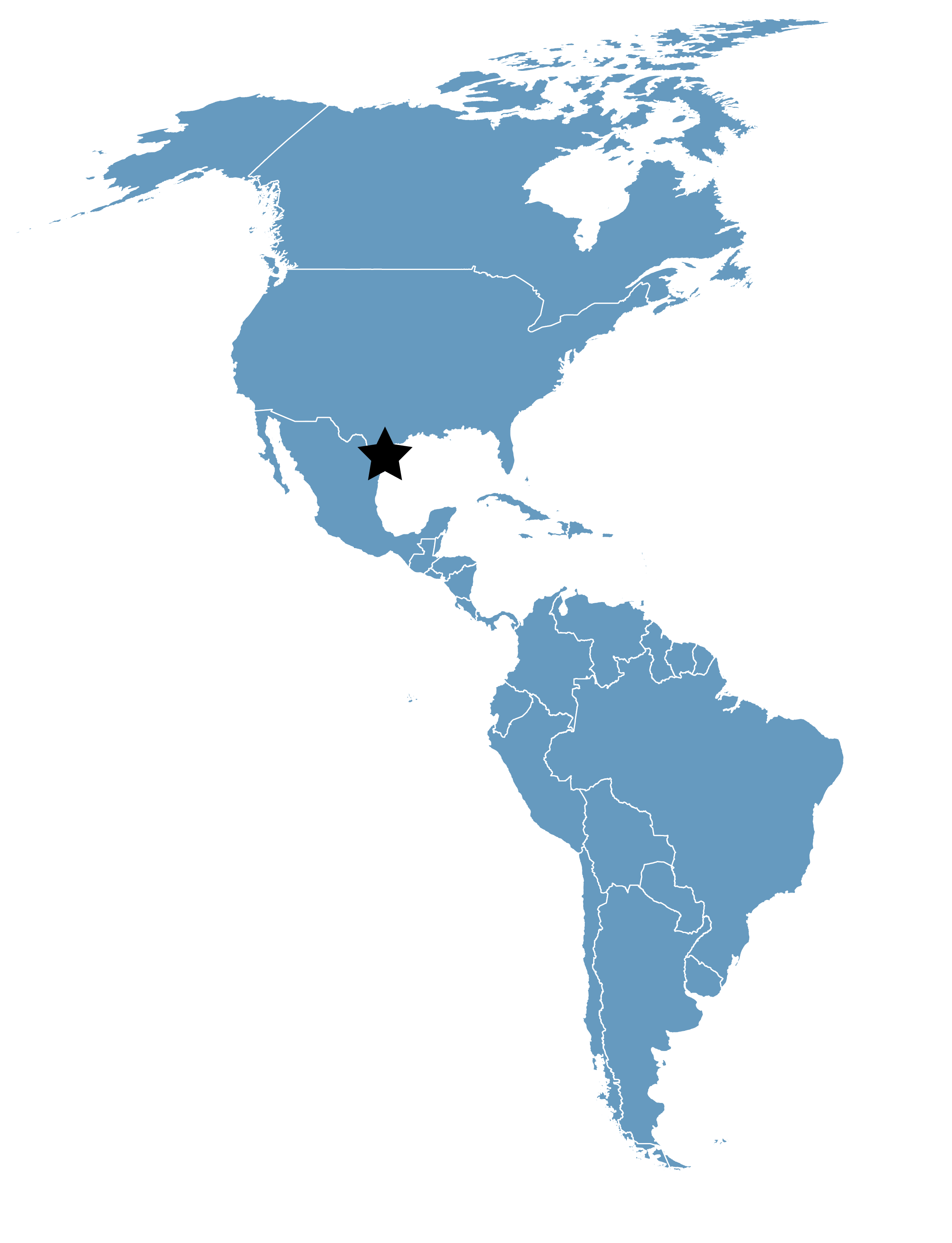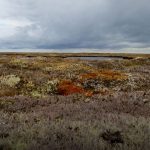Laguna Madre
Location
Binational: Texas, United States and Tamaulipas, Mexico
Category
International
Basis for Designation
Supports more than 100,000 shorebirds, including up to 20% of the world’s population of endangered Piping Plover (Charadrius melodus).
Size
665,936 hectares (1,645,561 acres)
Date Designated
September 2000
Site Owner
U.S. Fish and Wildlife Service
U.S. National Park Service
Martinez family (Mexico)
National Commission of Protected Natural Areas in Mexico (CONANP)
Site Partners
Texas Center for Policy Studies
The Nature Conservancy
Pronatura Noreste, A.C.
Ducks Unlimited de Mexico, A.C. (DUMAC)
Autonomous University of Tamaulipas
Overview
The extensive Laguna Madre wetland complex is the first binational WHSRN site, stretching almost 400 miles from Port Mansfield in Texas (United States) to the Soto la Marina River in Tamaulipas (Mexico). The area is ecologically rich, supporting hundreds of thousands of wintering shorebirds, including up to 20% of the world’s population of endangered Piping Plover (Charadrius melodus).
This complex was first designated a WHSRN Site of International Importance in September 2000 with two areas added later, bringing the total size to over 1.6 million acres. The subsites are: Laguna Atascosa National Wildlife Refuge; South Padre Island Preserve, a barrier island formerly owned by The Nature Conservancy and donated to the U.S. Fish and Wildlife Service in 2007 for inclusion in the Laguna Atascosa NWR; Rancho Rincon de Anacahuitas, a private ranched owned by the Martinez family in Matamoros, Tamaulipas, Mexico; Padre Island National Seashore a barrier island south of Corpus Christi, Texas added in April 2007; and Área de Protección de Flora y Fauna – Laguna Madre y Delta de Río Bravo (Flora and Fauna Protected Area – Laguna Madre and Rio Bravo Delta), in the municipalities of Matamoros, San Fernando, and Soto la Marina, Tamaulipas, Mexico, added to the site in January 2008.
Laguna Madre is one of five WHSRN Sites in Texas (all of International Importance and listed north to south): Anahuac NWR, Bolivar Flats, Texas Mid-Coast NWR Complex, South Texas Salt Lakes, and Laguna Madre.









